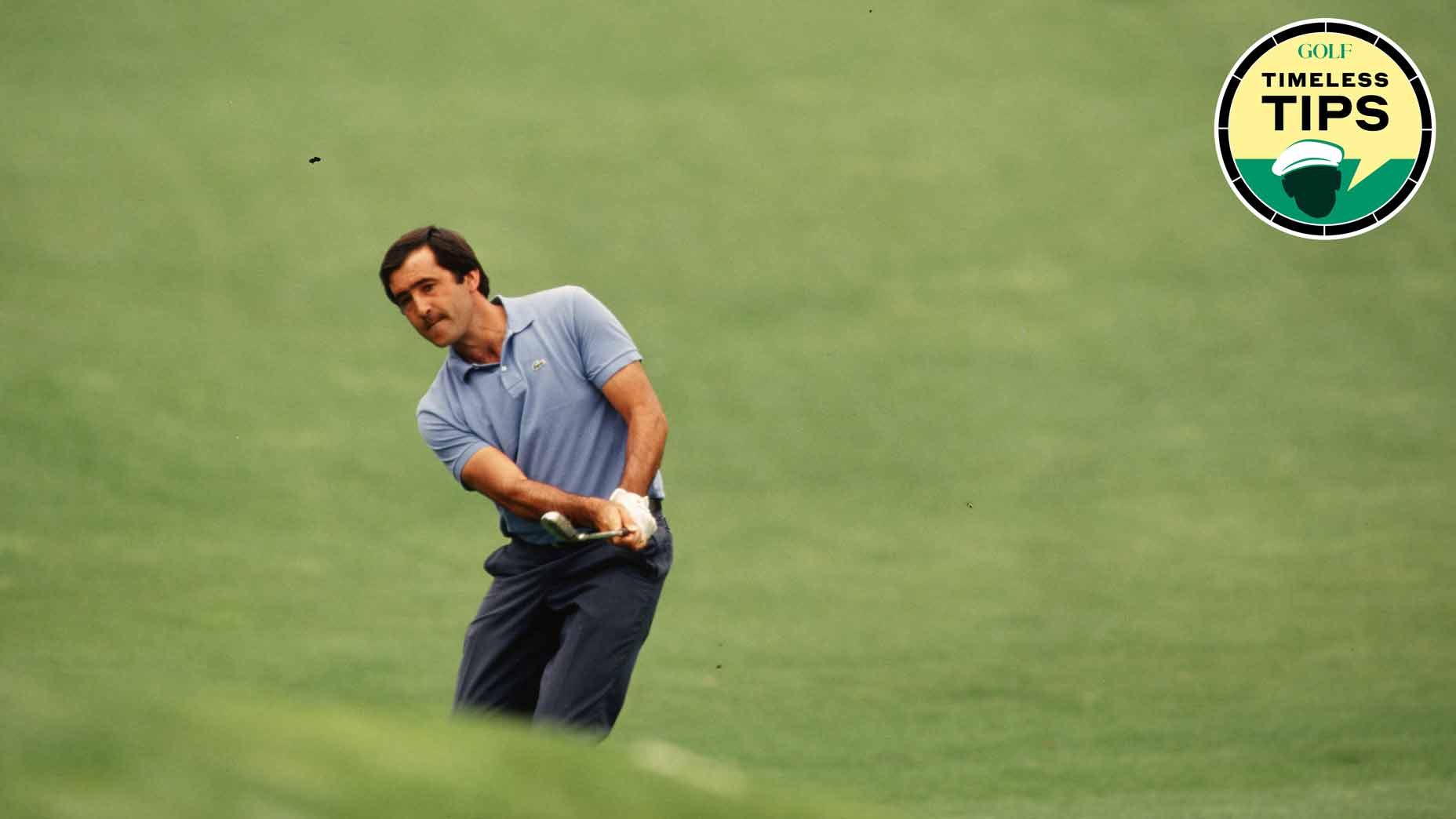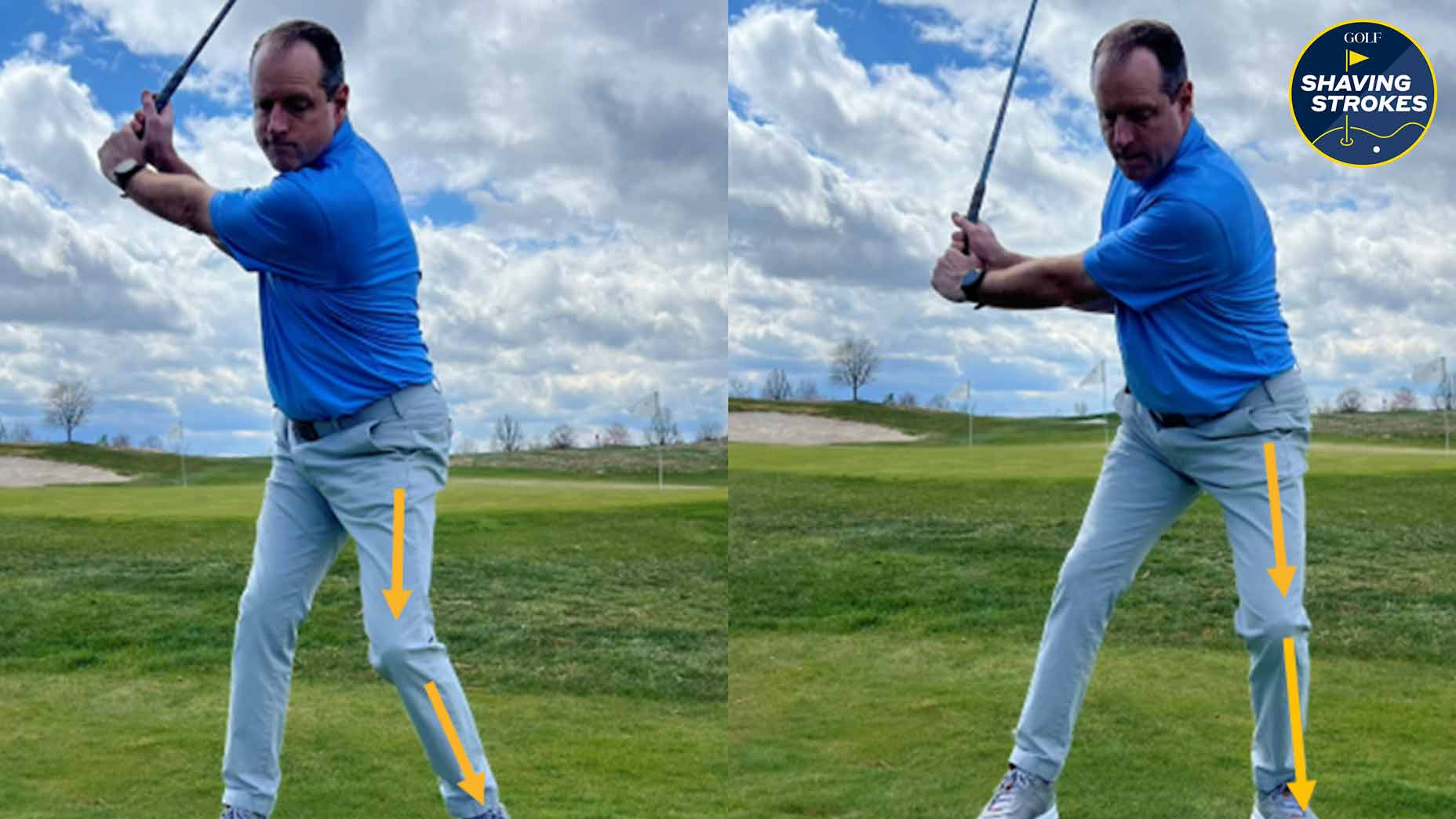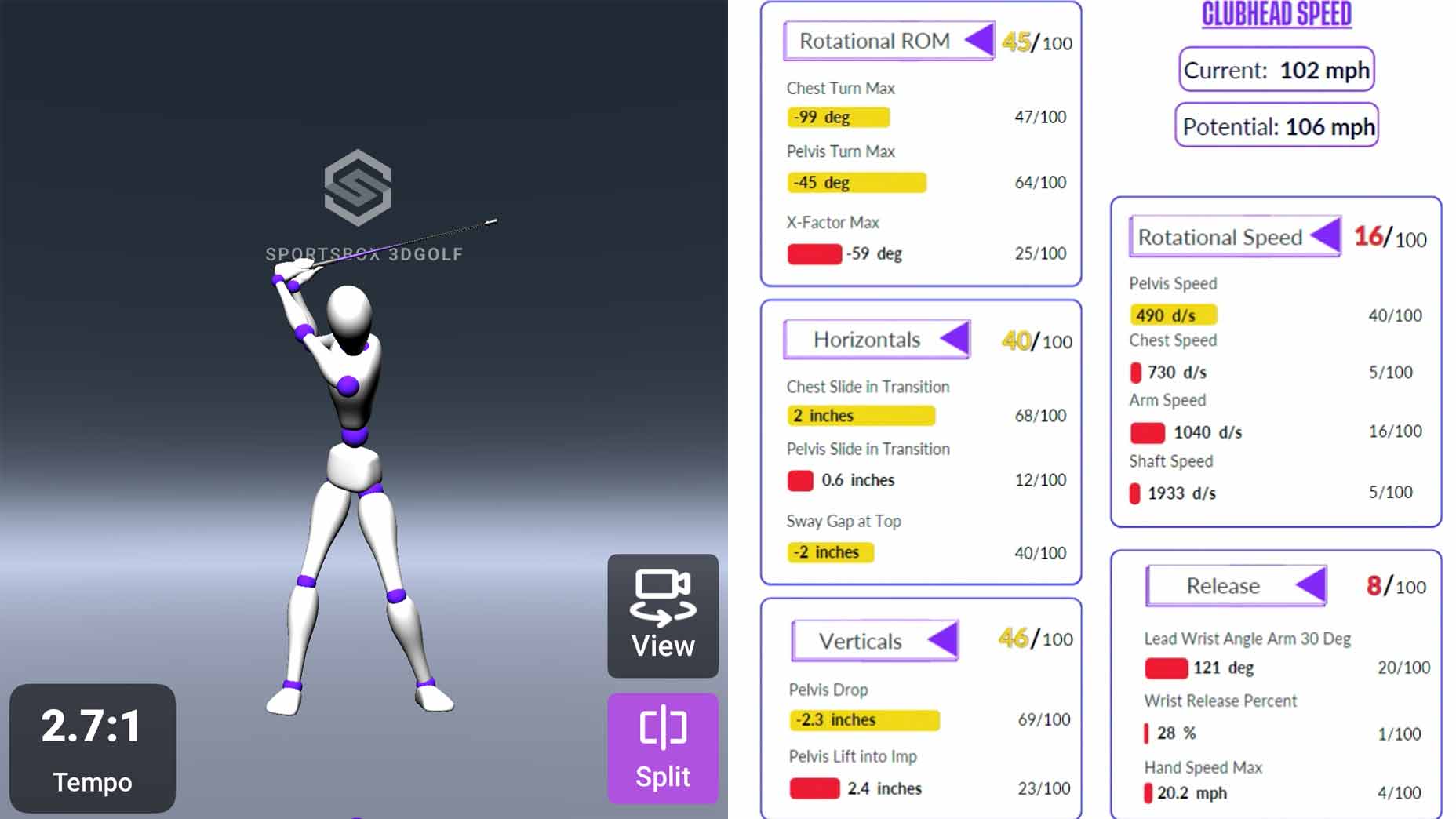Top 10 ways to hit an amazing lob shot

A lob shot can help you out of a jam.
Getty Images
A lob shot can be a thing of beauty and fun to pull off and look like a hero as the golf ball flies through the air, lands super soft and nestles right next to the pin.
Lob shots are always attached with a word of warning as they can be a bit risky due to the larger swing size needed to create spin and lift.
1. Club Selection
When attempting to hit a lob shot you want to use your most lofted wedge in your bag. Your pitch shot will tend to look more like a lob if you are using a 58- or 60-degree wedge. The more you can use the loft of the club to get the ball in the air and have the ability to sit down quickly, the less the risk.
2. Hit the Ground
To hit any effective lob shot, you absolutely need to be willing to hit the ground with your chosen wedge. To have the ability to truly use the loft and the bounce (rounded bottom of the club that helps the club glide rather than dig), you need to have your club hit the turf and not just lightly clip the tops of the grass. You truly want to hear the bottom of the club “thump” the ground. Use your practice swings to help you test this and prepare the needed size of swing to cover the distance.
3. Use the Bounce
One of the keys to being good at hitting pitch shots (a shot that carries farther than it rolls) or lob shots is the ability to properly use the bounce of the club. You can tell if you are doing this properly when you take a practice swing and the club hits the ground. Does the club take a huge chunk of turf or does it glide over and not dig into the dirt? If you are really using the bounce, you should really be able to bang the ground without digging the club. I suggest you use your practice or practice swing to test if you are doing so.
Ping Glide Forged Pro Custom Wedge
$199.99
View Product
4. Ball position
Your ball and club position at address is important for a pitch or lob shot and the quality of the lie is a part of this decision process. If you have a good lie you can likely hit a lob shot and if you don’t have a reasonable lie, I would suggest you take a more conservative strategy to hit the green anywhere and two-putt from there. Assuming you have a good lie, your ball position should be slightly forward of center (club occupies center) or even just a bit farther up to increase loft and bounce if the lie is exceptional. The reason this position is so important is you want to avoid the club shaft leaning forward at all to hit a lob shot as it decreases the effective loft and produces a lower ball flight. You can use alignment sticks in a perpendicular setup to check proper ball position relative to body alignment.
Hazy Sticks “Wolf In Sheep’s Clothing” – Golf Alignment Sticks
$72
View Product
5. Shaft angle at address
When you set up to hit a lob shot you want to be sure that your club handle is pointing to the center of your body or even a bit back. This will increase the effective loft and help to hit a high lob shot. When you set up if you point the grip of the club more toward your back pocket this will also help hit the ball higher and have it land softer. If you have never tried this before, it can feel a bit odd but try it in your practice and watch the amazing loft of the ball. Leaning the shaft is less risky compared to opening the face because the latter decreases the hitting area and can also expose the heel of the club.
6. Shaft angle at impact
The club shaft angle at impact for a lob should be straight up and down or leaning away from the target once again to increase loft and bounce and produce a high soft shot. This is achieved through setup and proper release. This is quite different from what happens at impact in a full swing where you are looking to compress the ball and in many cases prioritize distance over loft. If you are looking to truly measure spin and launch it can be really helpful to work with a launch monitor.
Foresight Sports GCQuad Launch Monitor
$14500
View Product
7. Release
Proper release for a lob shot is completely different from that of full swing. Proper release for pitching and lob shots should be clubhead first to start the downswing so that the clubhead can catch up and pass the handle of the club. I call it an under-release where you use your trail hand to move the clubhead first as the handle can even back up and move away from the target. This feeling of a slap or a wave of the trail hand will once again increase loft and bounce. The sooner and more you do this the higher and softer the lob shot. The degree to which you do this will vary how high and soft the ball lands. Once again, if this is different than your normal release, try it in practice to become more comfortable. This is likely an area of focus if you have struggled with hitting the lob shot. Golfers who struggle with these shots often have a closed face or shaft lean that will cause the club to dig and get stuck when it hits the ground. This can be frustrating as the negative feedback from hitting the ground often leads to being afraid to hit the ground and skulling the ball over the green.
8. Open the face?
Do you need to open the face when you hit a lob shot? Like much of golf, it depends. The more lofted the wedge you are using, the less likely you are to need to open the face to hit a true lob shot. The better you are at the under-release, the less you need to add the risk of opening the face. The more skilled the golfer the more I am open-minded to open-face lob shots. I think it is important point to keep in mind that these clubs are already very lofted especially if you own a lob wedge. Lofted looks open. Avoid at all costs the tendency to close the face by twisting the face at address toward the target. Allow the club to properly sit on its bottom. The leading edge should not sit flush on the ground, but slightly off of the ground as the club rests on its bounce. Keep in mind, should you choose to open the club face to hit it higher and have the ball land softer, you need to aim the club face to the target. The club face should aim where you want the ball to go. When you walk around to realign your club face to the target, your body lines will tend to be open relative to the target. When you make your swing allow your arms to swing down your body lines which will also help produce a higher and softer lob shot.
9. Swing size controls distance
The size of your swing will be a large factor in distance control when hitting a lob shot. The loft of the chosen club and the degree of release will need to facto into how large of a swing you need. Lob shots typically require a longer swing that should be relatively equal back and through.
10. Typically better long than short
When hitting a lob shot in almost all cases it is better to be long than short to avoid the obstacle that you needed to go over in the first place. I also think this is a good attitude to have in general due to the fact that most lob shots require a larger swing and when you plan to go long it will help you to take the larger swing needed. This larger swing needed for a lob shot is also what can make it high on the risk/reward scale.
There are some ways you can limit risk even when hitting a lob shot. Simply allowing the more lofted club choice to cover the reason why the ball will soar and sit. Setting up well with the ball position centered-to-slightly forward and the club shaft setting properly at address can help the bounce of the club engage with the ground so the club glides.
Learning to hit a lob shot can help you with your pitching which is similar but a bit lower risk with similar fundamentals.














